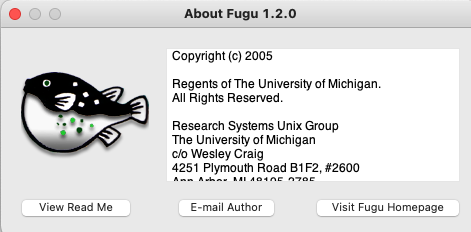Hi All,
I tried Beta 4 on Fusion (mac version of vmware workstation 17) and observed the following things on my I9, MBP. I do not need tips, these are no complaints. Just what I ran in to.
- It takes a long time to boot: I gave Haiku 16 GB memory and 4 cores. It takes consistently 45 seconds to boot, it hangs on the memory chip icon
- using NVME as the default disk type or SATA on first install will give a kernel panic “cant find boot partition”, when trying to install haiku on a virtual disk of 80 GB. Workarond: switch disk to IDE, install, once installed and booted, switch back to NVME.
- do NOT use the VMWare tools package. It will permanently freeze your system. It overwrites something with the mouse, and from there on, your mouse will stay frozen, reboot after reboot after… you get it.
- SMB package does not work. My home is filled with SaMBa daemons sharing disks to windows/mac and linux. FuseSMB sees nothing. Perhaps it needs support for newer SMB versions?
